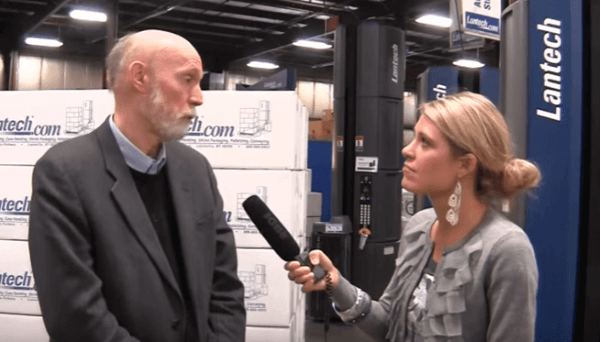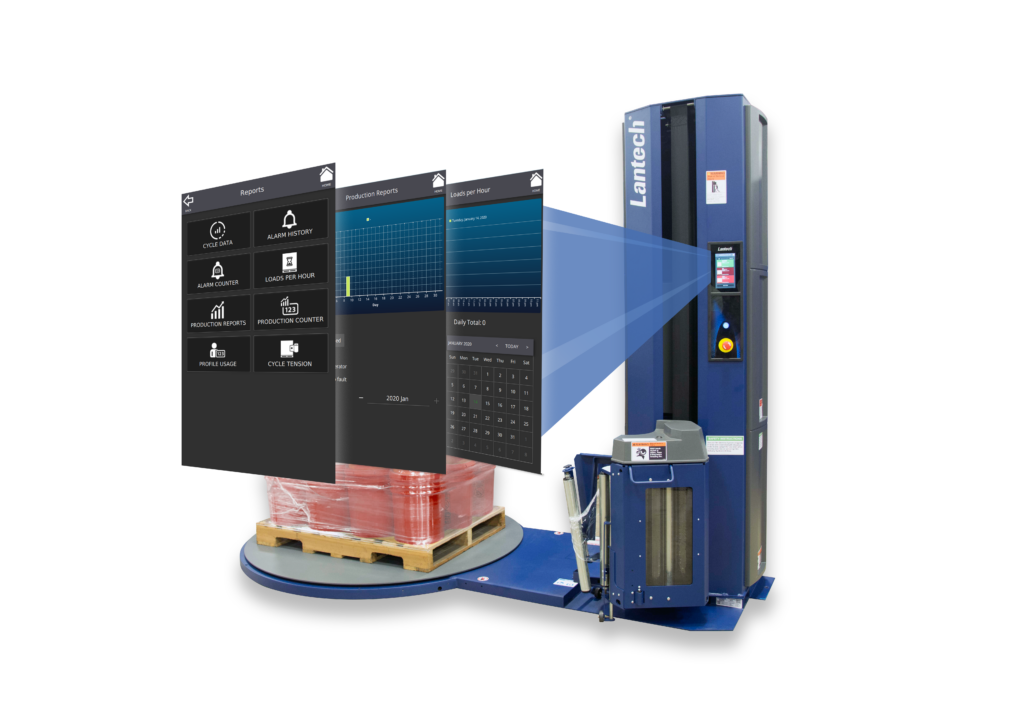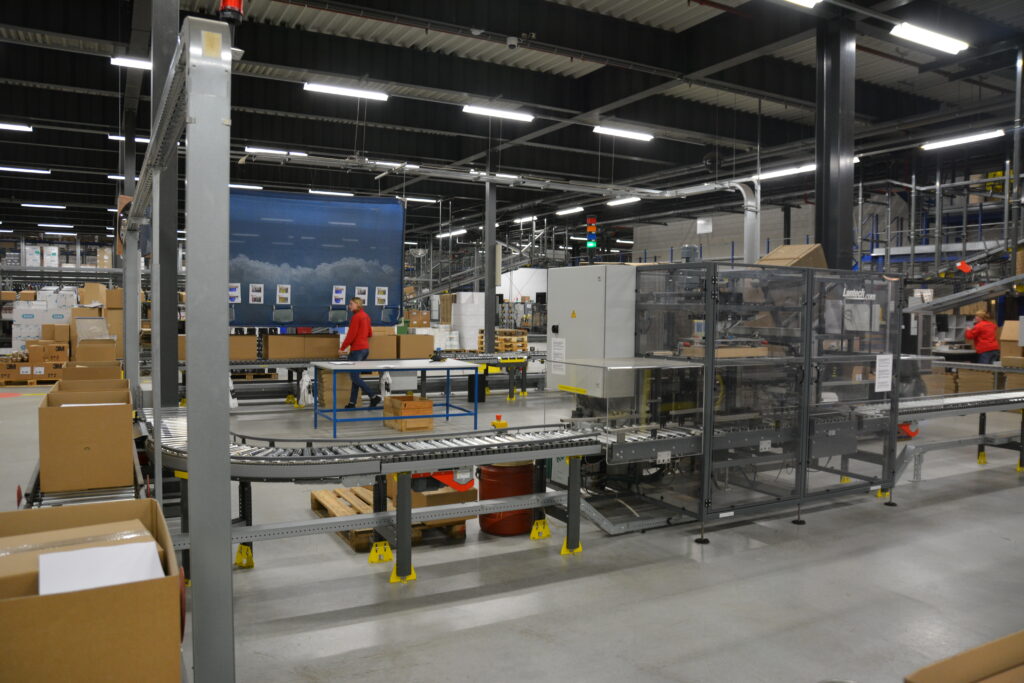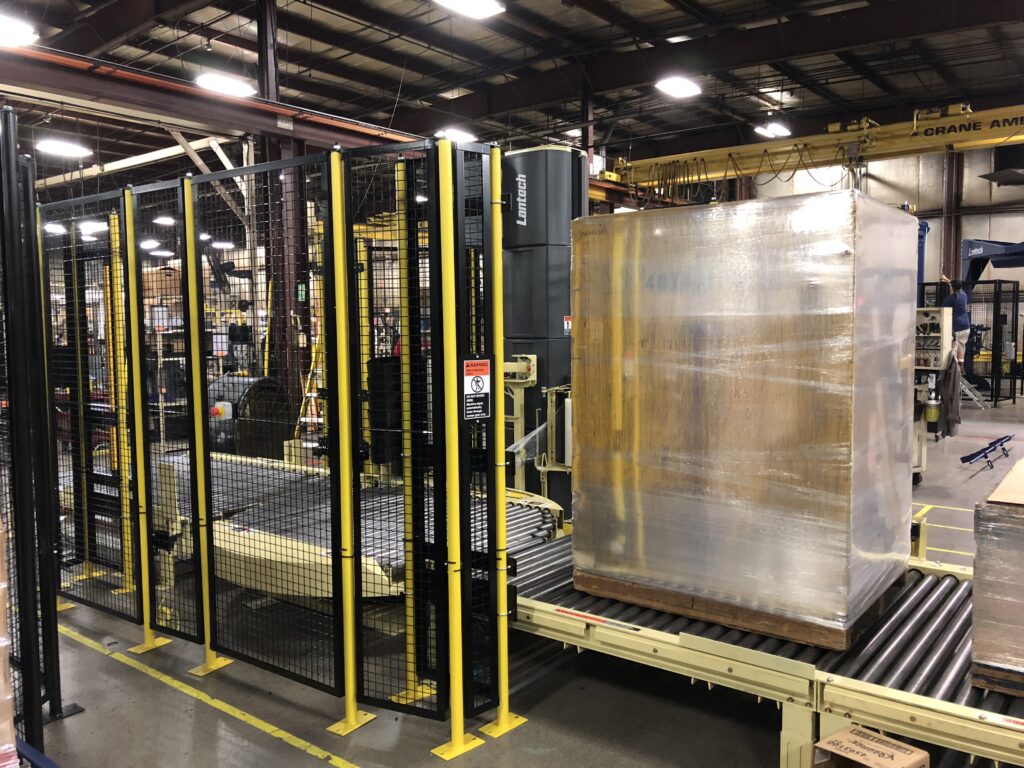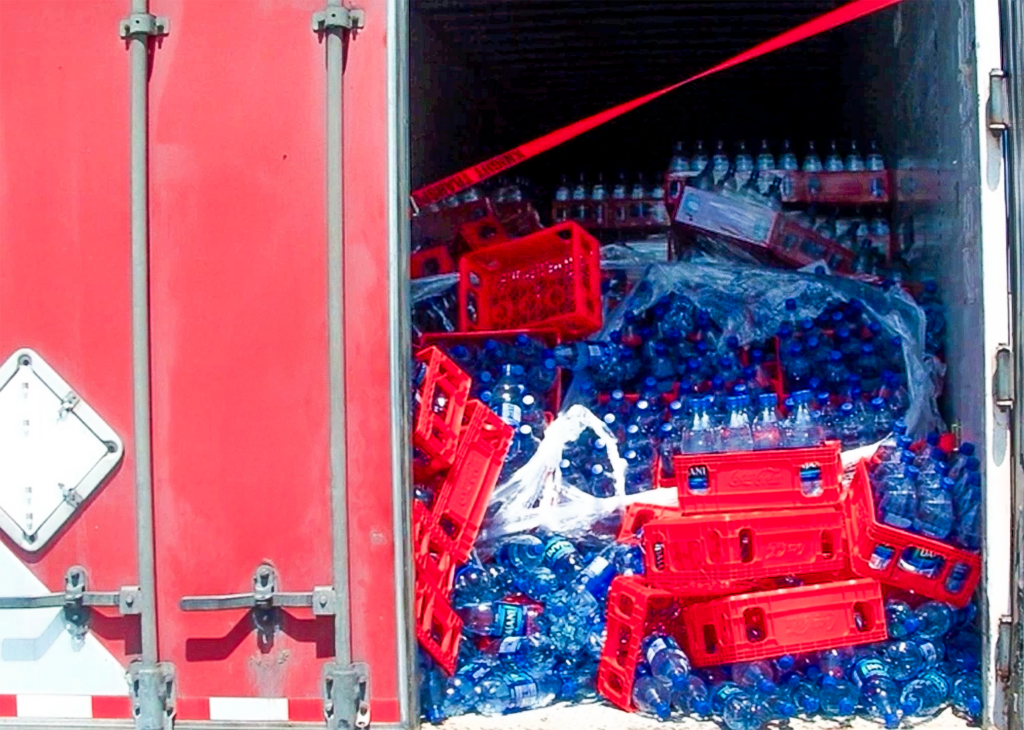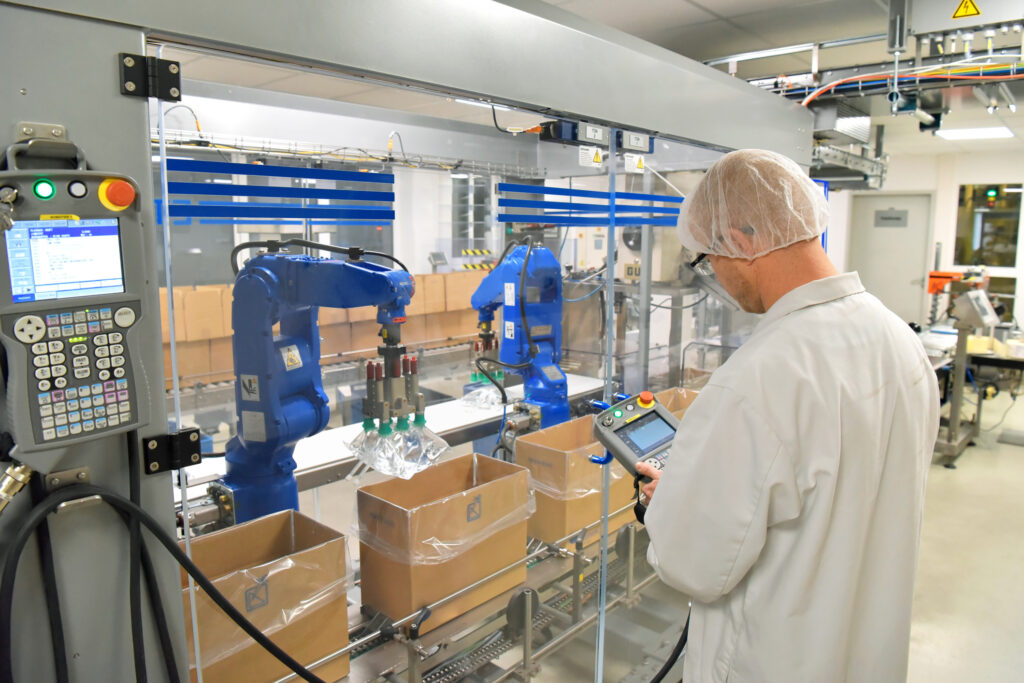There are inefficiencies in every work setting, whether it’s on a factory floor or in an office. Inefficient work can lead to lost productivity, needless waiting and wasted time, and other problems that waste money and lose opportunities.
It’s even worse when those departments don’t generate revenue in the first place. By applying the five principles of Lean thinking, it’s possible for companies to be more efficient with their time and workload, and make it possible for them to run a smooth operation with fewer problems and best of all, fewer meetings.
Identify Value
Every company has to deal with time and money wasters. For example, we don’t know anyone who loves meetings. But large companies and government agencies have dozens of committees and hundreds of meetings every year. So many, in fact, that any chance of getting real work done only happens in those two hours when there are no meetings.
Other time wasters include constantly answering email, printing and filing all documents, and even people who consistently interrupt work “just to chat.” By identifying and eliminating areas that don’t add value — reduce the number of committees, eliminate needless meetings, store all documents in a document management system — you can improve productivity, which increases margins and makes a company healthier.
Map the Value Stream
We’ve reached the point where an increasing number of departments have an impact on a company’s marketing. Thanks to social media, areas like customer service are entering the spotlight. Companies are taking to Twitter to solve issues as people will publicize their customer service problems. We’re also seeing more people thanking and promoting companies that help them. As a result, customer service is turning into a word-of-mouth marketing solution.
Departments that deal with the public are now contributing to bottom line revenue, whether they’re helping it increase, or even causing customers to leave in disgust. You should train employees in those departments to provide quality customer service, use basic sales techniques, and even learn how to understand marketing. As more people help with customer retention, the easier it is to keep customers.
Create Flow by Eliminating Waste
Flow on the factory floor means working without interruption. Flow in the office is the same: lett people work without interruptions by eliminating waste. Some of the big wastes (mudas) in an office might be waiting, over-processing (too many meetings, too many levels of decision making), and even over-producing (daily status reports, weekly update meetings). People can’t get their work done if they’re spending all their time telling you how much work they got done. If you could eliminate 90 minutes of waste per day, you’ll add an additional day of productivity to the week.
Establish Customer Pull
Customer pull refers to the customers telling you what they want, and you building your value stream to give it to them. This may even mean reorganizing entire departments in order to more efficiently fill customers’ needs, as well as doing away with policies and procedures that don’t add value. (Seriously, customers don’t really care about your TPS reports.)
Take a long and hard look at certain functions and departments, and question whether they actually contribute to the bottom line revenue. If they don’t, figure out how they can. If they do, how can you improve their flow?
Pursue Perfection
How can you repeat these steps on a daily basis? How can you ensure that you’re constantly working to eliminate waste, improve flow and maintain customer pull? We’re big believers in asking workers on the floor for input, and we’ll tell you the same thing about your office staff. Not only do they already know what systems are time and energy wasters, they already know how to fix the problem too. Ask them to design their processes, and not only will you get their buy-in for the big changes, but they’ll be dedicated to keeping those changes up long after they’re implemented.
In the coming weeks, be on the lookout for a blog series with Jim Lancaster, our CEO, on how he applies Lean principles at Lantech.
Looking for other ways to improve? Learn 5 action steps that every shipping manager and plant manager should know to make loading docks run faster and safer. Download your FREE copy of The Lean Loading Dock.
For more information, you can contact us on our website or call us at (502) 815-9109.
Click here to read last week’s blog: Stop This Hidden Profit Drain
This post was published on February 5, 2014 and updated on July 20, 2015.
February 5, 2014




